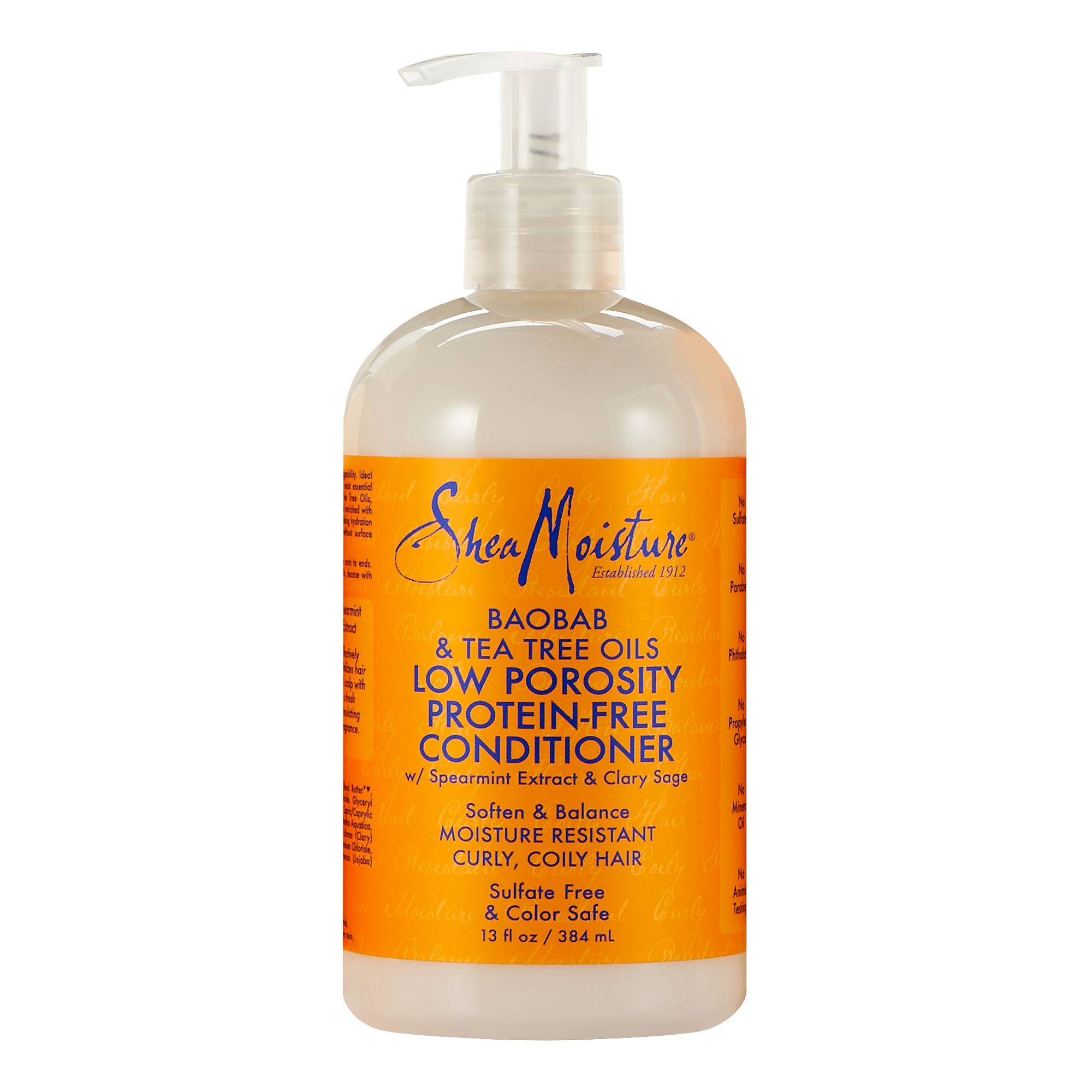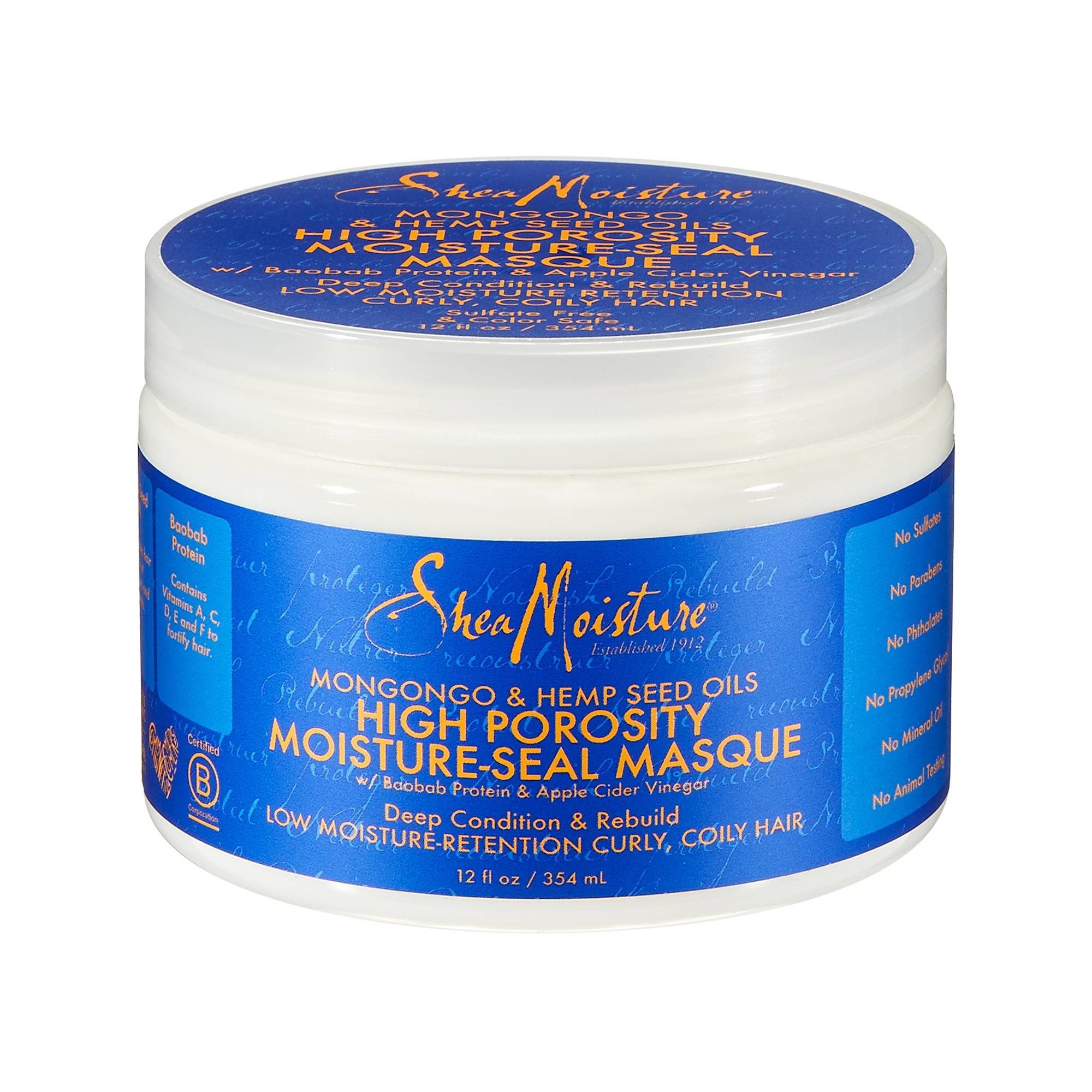
After committing to a big chop, I was convinced that like my hair length, the amount of products in my bathroom would also decrease. Thankfully, I placed no bets on this assumption…because it was completely wrong.
About two weeks after the general awe of my new look wore off, I quickly discovered that hair length ultimately has little effect on hair health. Like every other winter, my locks would quickly absorb product and eventually feel dry and flaky. I couldn’t understand why my drastic style switch-up and consistent regimen still yielded the same results.
As it turns out, porosity is a must-know that determines the type of moisturizers your textured hair will actually like. According to Diane Bailey, Master Natural Hair Stylist and SheaMoisture Brand Ambassador, the simplest definition of porosity is “the hair’s ability to take in moisture, water, color or any liquid.”
Subscribe to our daily newsletter for the latest in hair, beauty, style and celebrity news.
Although it exists in three levels-high, normal and low-, most of us tend to categorize our tresses under high or low.
High porosity hair typically feels like sandpaper within an hour of applying a hydrating product because moisture escapes too quickly.
“The hair absorbed what it needed, but with high porosity hair, the cuticles of the hair shaft are open and moisture can’t stay in,” adds Bailey. “It’s like an open door moisture goes in, but it comes right back out.”
On the other hand, low porosity hair refers to the slow or minimal absorption of moisture or liquids. If it feels like product sits on top of your hair instead of absorbing into it, you fall into this category.
Bailey says “the cuticles are close together or closed on the hair shaft, blocking any moisture or liquid to be absorbed. Cream or liquid products just lay on the hair having little or no effect. Think of low porosity as a closed door where nothing can get in, having little or no effect on the hair.”
Since some indicators (flaking, excessive oily residue) refer to both high and low porosity hair, the more tangible “water test” is also an option.
“Place one strand of hair in a glass of water,” explains Bailey. “If it floats, you may consider it ‘low’ or not absorbent; if it stays in the middle, it is considered ‘normal,’ but if the hair sinks to the bottom, you have high porosity hair.”
No matter where you stand of the spectrum of hair care, knowing your porosity level is the key to streamlining a daily regimen that’s actually effective. According to Bailey, “discovery, trial and error” are all a part of everyone’s hair journey.
“As you experience your textured hair, you will discover new products that hydrate and embellish the elasticity of your hair or you will find products that make it feel dry and brittle diminishing elasticity and moisture,” she says. “Knowing your porosity helps, but you may have different levels of porosity in different sections of your head. Just like we often have different textures.”
See Bailey’s moisture recommendations for each level below!








